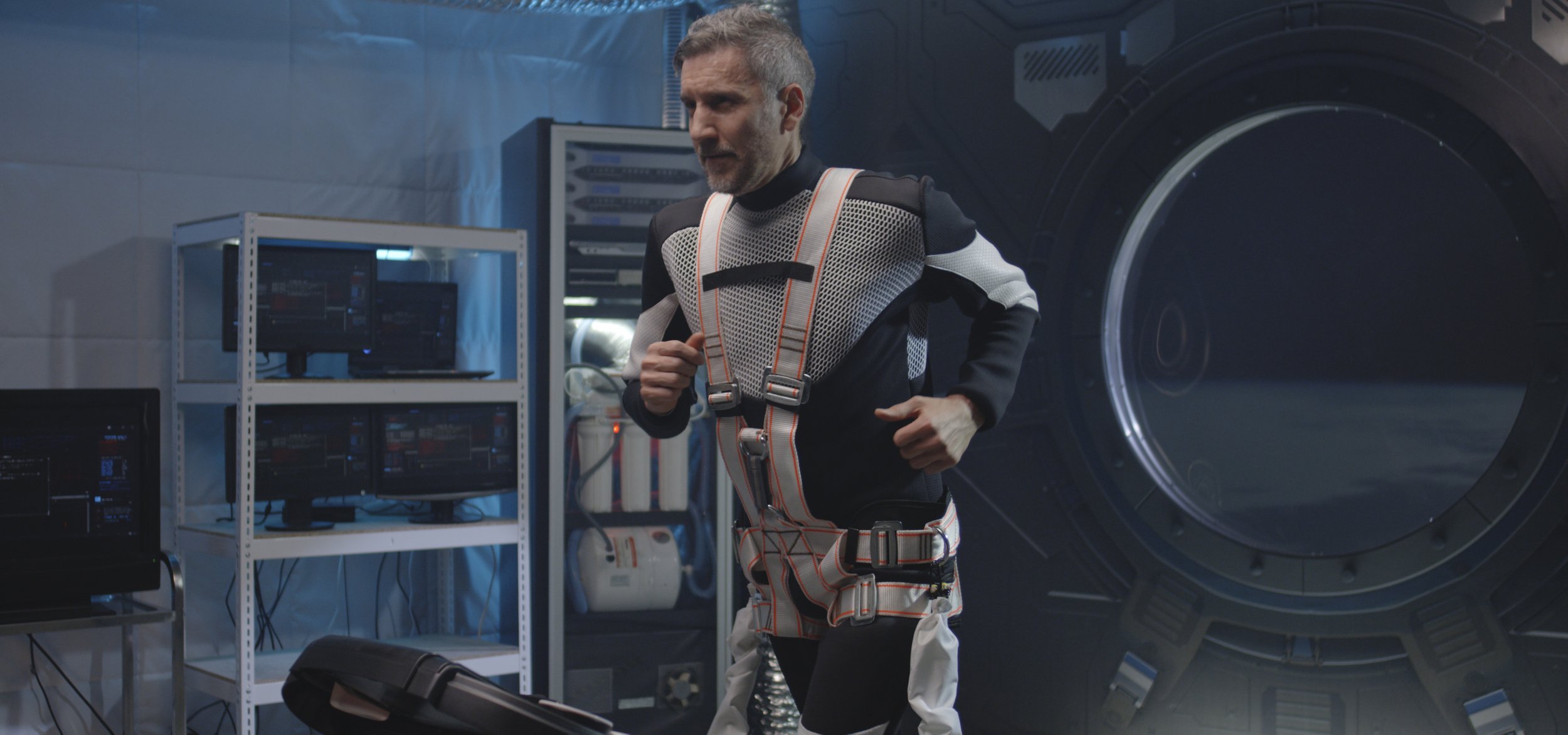We are OSMED.
The future of space will see more people going more places and doing more things. We are here to make human spaceflight safer, more productive, and inclusive of all.
The Organization for Space Medicine, Engineering, and Design (OSMED) is a 501(c)(3) non-profit founded to support the future of human spaceflight.
We are creating a global community to advance science communication and space literacy, to improve education and training, and to integrate best practices, both on and off planet.
We are OSMED.
The future of space will see more people going more places and doing more things. We are here to make human spaceflight safer, more productive, and inclusive of all.
The Organization for Space Medicine, Engineering, and Design (OSMED) is a 501(c)(3) non-profit founded to support the future of human spaceflight.
We are creating a global community to advance science communication and space literacy, to improve education and training, and to integrate best practices, both on and off planet.
Our mission is to advance human space exploration by facilitating interdisciplinary cooperation, communication, and access to knowledge for the global community.

Everything in space medicine is changing.
- Commercial spaceflight is rapidly expanding access to space.
- New people who have not been selected for extreme health are flying.
- We are asking astronauts to do new things in new environments that increase the risks of illness and injury.
- Medical capabilities must be considered early and throughout the engineering and design processes.
- Maintaining and restoring human health in space is a systems challenge.
- Learning to do medicine in space improves healthcare on Earth.

Risk is an inevitable part of human spaceflight.
- Safety is paramount for expanding access to space.
- Our systems must be redefined to include HUMANS, not just the hardware and software.
- Space is hard. There is no shortage of engineering problems to solve.
- Engineering complex space systems is an interdisciplinary art and science.
- Sustainable access to space depends on lowering life-cycle costs.
- Innovation in spaceflight engineering enhances life on earth.

Design empowers us to be better astronauts.
- Design has traditionally been an afterthought in spaceflight, leading to awkward or unsafe situations.
- The experience of space lacks comfort, privacy, agency and pleasure.
- Accessibility and inclusion are still lacking in space exploration.
- Physical and mental health are greatly challenged when exposed to stressors like microgravity and isolation.
- Size and weight limitations in space habitats make it difficult to be prepared for every crisis.
- How does living in space inform us on how to live fulfilling lives with limited resources on Earth?
Silos: the traditional approach to human spaceflight.
Collaboration: the safer approach to human spaceflight.
Get involved today!
Now is the time to get involved in OSMED! Although we're brand new, we're already working to produce thought leadership in human spaceflight. We held our inaugural conference in Maui, HI in December 2024, have published a white paper that outlines our philosophical approach to meet the challenges of human spaceflight (with more research products on the way!), and we have an active journal club and upcoming events to educate the next generation of leaders in human spaceflight.
Our mission is to advance human space exploration by facilitating interdisciplinary cooperation, communication, and access to knowledge for the global community.
Everything in space medicine is changing.
Commercial spaceflight is rapidly expanding access to space.
New people who have not been selected for extreme health are flying.
We are asking astronauts to do new things in new environments that increase the risks of illness and injury.
Medical capabilities must be considered early and throughout the engineering and design processes.
Maintaining and restoring human health in space is a systems challenge.
Learning to do medicine in space improves healthcare on Earth.
Risk is an inevitable part of human spaceflight.
Safety is paramount for expanding access to space.
Our systems must be redefined to include HUMANS, not just the hardware and software.
Space is hard. There is no shortage of engineering problems to solve.
Engineering complex space systems is an interdisciplinary art and science.
Sustainable access to space depends on lowering life-cycle costs.
Innovation in spaceflight engineering enhances life on earth.
Design empowers us to be better astronauts.
Design has traditionally been an afterthought in spaceflight, leading to awkward or unsafe situations.
The experience of space lacks comfort, privacy, agency and pleasure.
Accessibility and inclusion are still lacking in space exploration.
Physical and mental health are greatly challenged when exposed to stressors like microgravity and isolation.
Size and weight limitations in space habitats make it difficult to be prepared for every crisis.
How does living in space inform us on how to live fulfilling lives with limited resources on Earth?
Silos: the traditional approach to human spaceflight.
Collaboration: the safer approach to human spaceflight.
Get involved!
Now is the time to get involved in OSMED! Although we're brand new, we're already working to produce thought leadership in human spaceflight. We held our inaugural conference in Maui, HI in December 2024, have published a white paper that outlines our philosophical approach to meet the challenges of human spaceflight (with more research products on the way!), and we have an active journal club and upcoming events to educate the next generation of leaders in human spaceflight.









